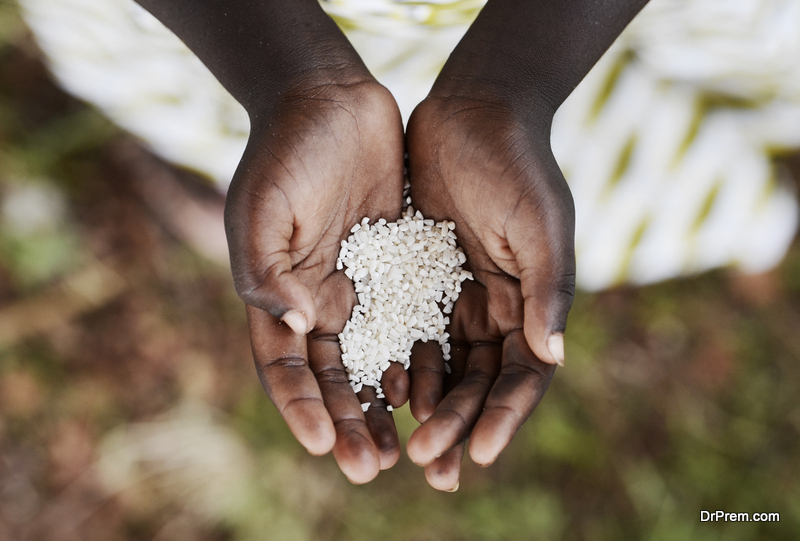Right now, our planet is suffering from myriad environmental problems. Individually, it is too hard to focus on all of them. However, if we employ our most sophisticated technological innovations for the same, we might stand a better chance. In addition, even from the problems that we are facing, it would be wise to first resolve the ones that pose an immediate threat to our existence. First of all, we should focus on food and water, the most basic needs of survival because we can bring a change only when we are alive. Therefore, utilizing innovative technical innovations like NASA’s hyperspectral imaging for these is the need of the hour.
Why we need NASA’s hyperspectral imaging?
The world is facing food shortage and food waste. Governments and agencies have been trying to find a solution for food waste, which may lead to feeding billions of people. Now, we can use NASA’s hyperspectral imaging to test the edibility of food and prevent food waste. Globally, we waste approximately 1/3rd of food that we produce. We can reduce this figure easily using NASA’s technology. NASA has been using this technology for 30 years, but only now has the price of the cameras become cheap enough to be considered for other uses, including the food industry.
What exactly is NASA’s hyperspectral imaging?
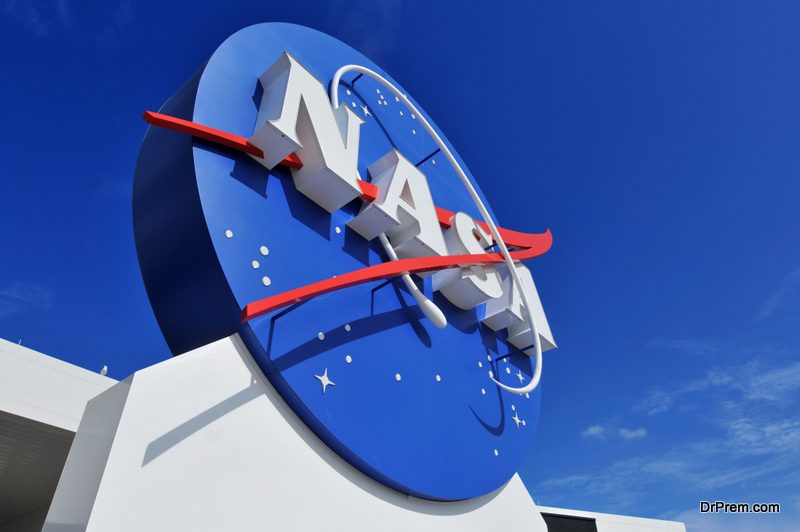 Hyperspectral imaging works by using special cameras which emit a certain light spectrum. The range of the spectrum starts from that which humans can view up to the infrared spectrum. NASA’s hyperspectral imaging creates a light image which reflects back. This reflection allows the chemical composition to show up in the image. With the help of AI and correct baseline data, these images allow AI to detect certain things which the human eye most definitely cannot.
Hyperspectral imaging works by using special cameras which emit a certain light spectrum. The range of the spectrum starts from that which humans can view up to the infrared spectrum. NASA’s hyperspectral imaging creates a light image which reflects back. This reflection allows the chemical composition to show up in the image. With the help of AI and correct baseline data, these images allow AI to detect certain things which the human eye most definitely cannot.
Private sector companies and universities have worked to make the hyperspectral cameras cheaper. Therefore, we can use this spectacular technology in a number of industries like defense, biology, pharmaceuticals, forensics, industrial inspection. In addition, the food industry is using it to determine chemical composition, temperature, moisture fat and sugar content.
Food safety and crop health are the major areas that use NASA’s hyperspectral imaging.
Companies using hyperspectral imaging for crop health
Gamaya
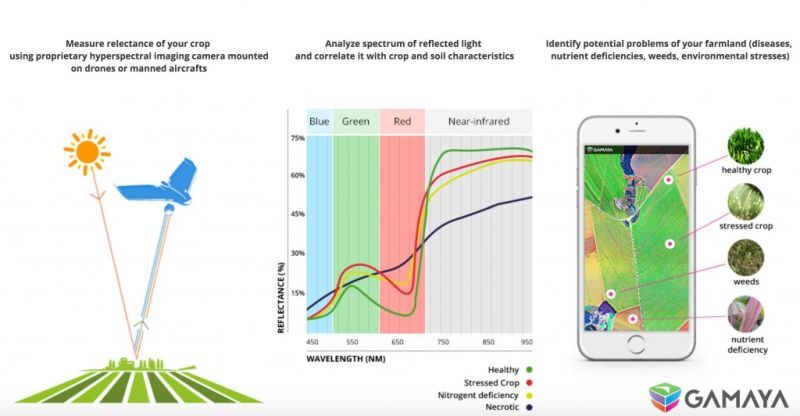 Image Source: gamaya.com
Image Source: gamaya.com
Gamaya is an analytics platform and drone sensor which uses the combination of NASA’s hyperspectral imaging with corresponding climate as well as weather reports to give farmers alerts about pests and diseases. It also can predict yields and recommends input application rates. It is currently for corn, sugarcane and soybean farmers. This kind of information will empower farmers to protect and increase food production which may help to end food shortage.
Flurosat
This company uses drones, satellites and aerial photography to capture as well as analyze hyperspectral images of grain and cotton fields. This helps to predict crop disease accurately, as the extra light bands associated with NASA’s hyperspectral imaging can detect extremely specific physiological traits of plants. Flurosat shows the nitrogen maps and suggests farmers the exact locations from which they can extract plant tissue samples.
We then analyze this and recommend the calibrations. The company also claims to detect any crop disease 5-7 days before it is visible to the human eye. This space technology, therefore, can be of great help to farmers. Fewer crops would waste due to disease. Furthermore, we would be able to add the right amount of fertilizer to increase food production.
Planetary Resources
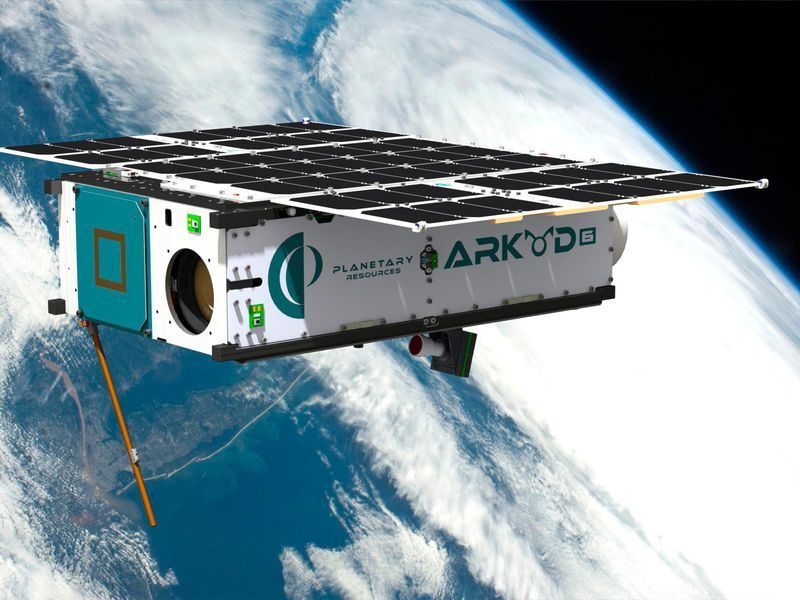 Image Source: thumbs-prod.si-cdn.com
Image Source: thumbs-prod.si-cdn.com
This company’s CERES satellite was among the first hyperspectral sensors to to launch. The next satellite launched by the company includes the first commercial mid-wave infrared sensor which offers night imaging and thermographic mapping. This technology is very useful for crop scouting and to detect soil moisture, weeds, and oil.
Impact Vision using hyperspectral imaging for food safety and preventing food wastage
Right now, ImpactVisoin is utilizing NASA’s hyperspectral imaging. This company from California uses the technology to help farmers conduct accurate tests. Furthermore, it also helps them to manage supply chains with the least bit of wastage. The company uses hyperspectral photographs to assess a huge amount of information regarding food items, which ranges from ripeness to detecting any kind of contamination. They are doing all this without the help of any physical tests on food samples, unlike traditional methods.
According to the CEO of the company Abi Ramanan, the technology is extremely predictive – farmers can get to know how the food item should be ripened, sorted and distributed according to the chemical composition. The company helps to infuse the supply chain with technology for checking food quality. This would help to prevent rejections, product recalls, reduce waste and provide better quality food to consumers.
Experts predict that this use of hyperspectral imaging would save farmers a huge amount of money, to the tune of trillions of dollars globally. It has the potential to also end food shortage at a global level. To feed population totaling 10 billion by 2100, the world needs to increase food production in the same amount of land, water, and energy we have now, as well as improve supply chain distribution. We can achieve both of these with the innovative use of NASA’s hyperspectral imaging.
Difference between traditional methods and hyperspectral imaging in the food industry
Traditional methods of food testing
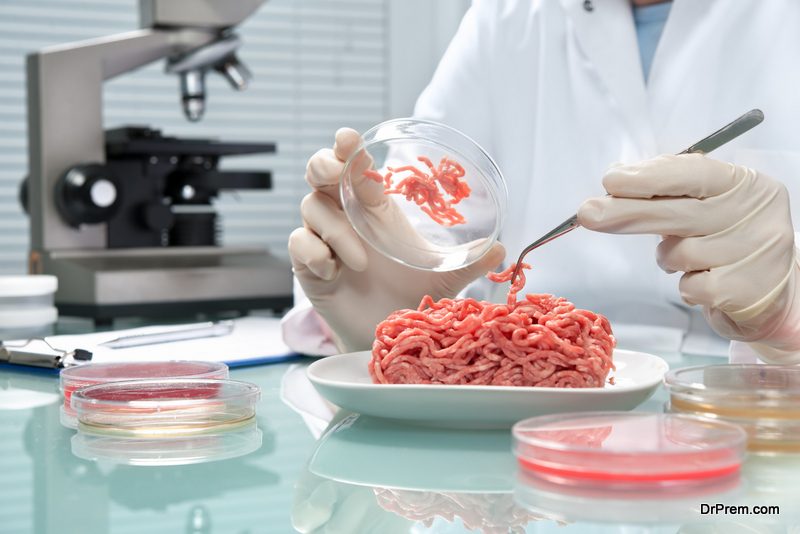 1. pH test
1. pH test
This test helps in checking the food quality, especially the freshness of meat. First, we insert a probe into a few samples of the total product, to test the pH.
2. Color
A human chain person performs this test. He compares the meat color and visually compares it to the color chart. The margin of human error is huge in this test.
3. Tenderness
It is done using an instrument. This instrument applies pressure to cut meat and then we measure this pressure in newtons.
Hyperspectral imaging method
In the new technology, just one single image can give food producers all the data regarding pH, tenderness, color, protein content and lean fat analysis. This is possible by combining digital images with spectroscopy, the method of deriving chemical information from the light of one single pixel. This means that with just one hyperspectral image, the nutritional content, freshness level, and fat, moisture or protein content can be known.
This technology can be especially useful in the fish industry, which suffers most from fraud issues, for example, frozen fish being sold as fresh. As fresh fish fillets reflect more light, consumers/retailers can detect whether the fish was defrosted or is actually a fresh fish. Another extremely useful application of hyperspectral imaging in the food industry is to detect the presence of foreign objects, such as paper clips, plastic, metals and so on. The ImpactVision software is capable of grouping similar/same spectral profiles to detect foreign objects.
The use of NASA’s technology will empower food producers to grow more food and avoid food wastage at the source. This might be a very useful technology to reduce world food shortage when more and more countries and farmers start using this method globally.


